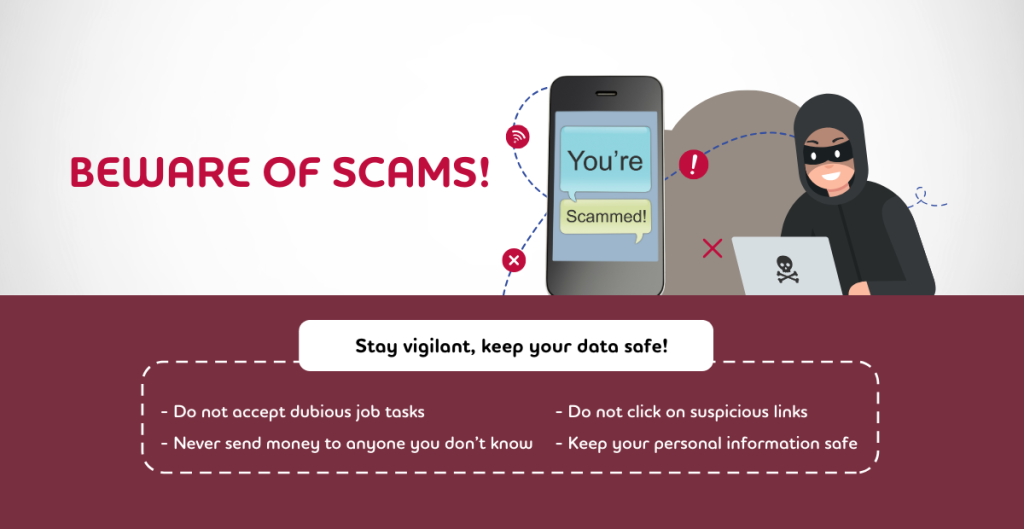
Often, we are presented with a wealth of opportunities to challenge ourselves and achieve our goals, leaving our to-do lists brimming with items. It is crucial to understand that the key is not to do more, but rather to do more of the right things. This is where time management comes into play; by working smarter instead of harder or longer, we establish a better balance between our professional and personal lives.
To begin, identify and prioritize the most critical tasks. An excellent way to simplify and clarify what matters most is to use the Eisenhower matrix, which divides tasks into four categories:
- Important and urgent tasks: These tasks should be completed immediately. For example, if you have a deadline that is due today, it falls into this category.
- Important but not urgent tasks: These tasks should be scheduled for a later time. For example, a project that is due in two weeks but requires substantial effort should be planned and scheduled accordingly.
- Unimportant but urgent tasks: These tasks should either be delegated or scheduled to be done after the important and urgent tasks are completed.
- Unimportant and non-urgent tasks: These tasks should be discarded. For example, scrolling through social media feeds.
Alternatively, a simpler method is to ask yourself, “What are the three most crucial tasks I need to complete if I were unexpectedly required to leave for a business trip?” This helps pinpoint the top three essential tasks that must be accomplished the following day.
Next, avoid procrastination. Procrastination often stems from stress and a feeling of being overwhelmed. To overcome this, we must reframe our perspectives. Rather than focusing on the extensive list of tasks at hand, break down larger tasks into smaller, more manageable pieces that can be accomplished with ease. The key is to build momentum and take things one step at a time, eventually gaining the necessary momentum to tackle more significant tasks.
Lastly, protect your time. We often waste time on small tasks that add up, such as checking social media or responding to emails. To avoid this, group routine tasks together and set time limits for each of these tasks. For example, limiting email checks to four times per day for only fifteen minutes each time. This allows us to remain available to our teams and clients while establishing and maintaining healthy boundaries.
The key to effective time management is not to get everything right initially, but rather to be prepared to adjust and review regularly, and to continuously assess our approach where necessary to improve our effectiveness.










